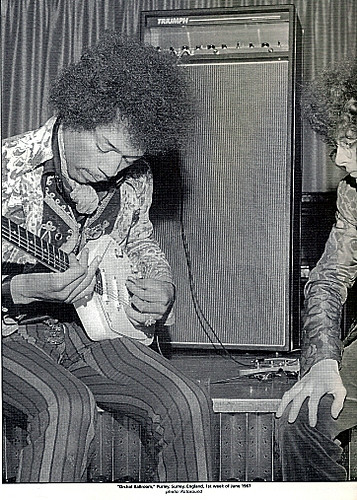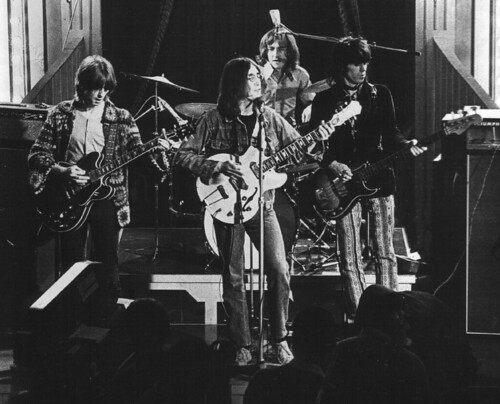QuoteI remember reading that some SS Vox Amps where made in the triumph factory.
Yep, they were a subcontractor to the company that owned the Vox trademarks. They designed a few models and manufactured some other. If I remeber right they designed the 7 and 4 -series hybrid amps and the PC board AC30's.
QuoteAnyway I just found this; http://vintageamps.com/plexiboard/viewtopic.php?f=10&t=78014I was going to post that when JM Fahey asked for the schematics. I have those schematics saved somewhere but I have an ungodly pile of CR-ROMs full of schematics in no sorted order and it takes a good hour to start browsing through the "suspects".
Pics are gone and I don't know if it refers to SS.
And for what...? A schematic of a generic solid-state power amp with generic current feedback scheme. All you knowing what the talk is about know what to expect. There's really nothing to see; the only remarkable feat is how early they did it.


